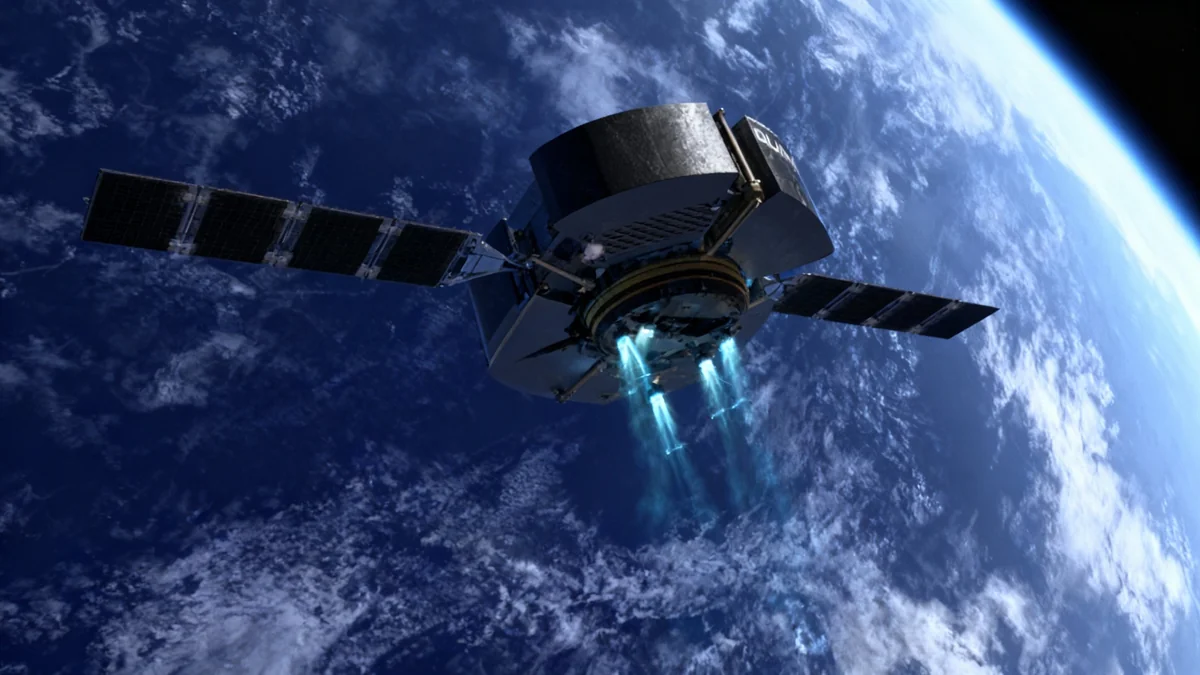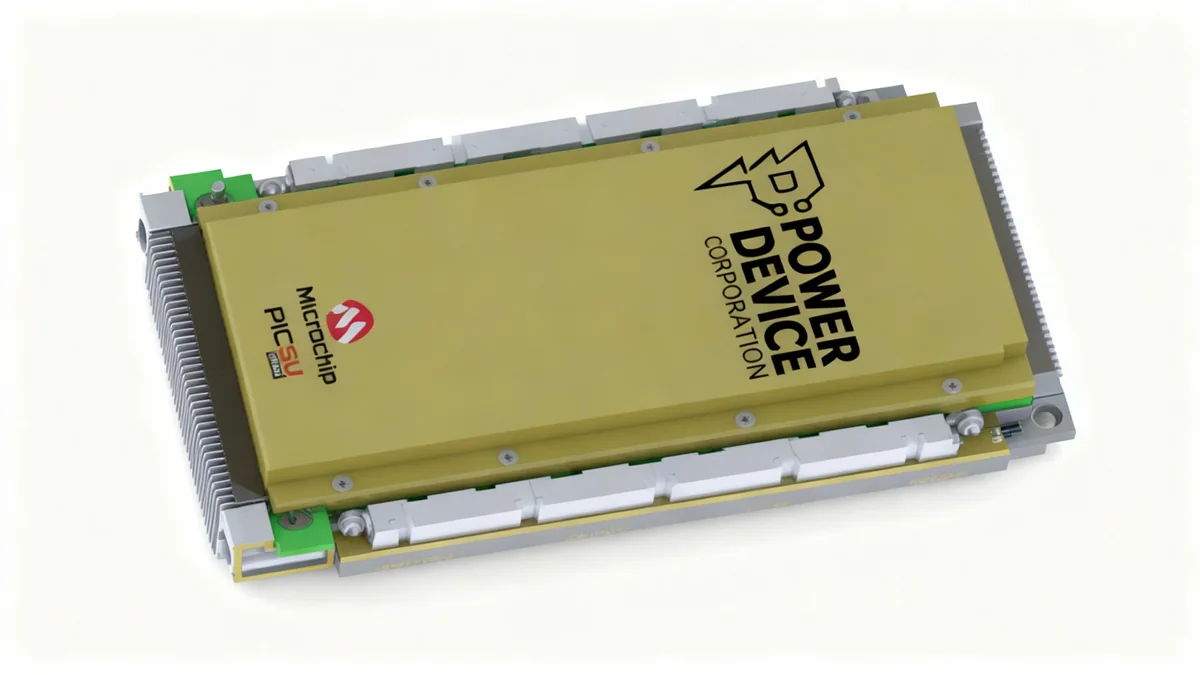Organizations are making significant strides in applying quantum technologies to space, with secure communication systems and advanced sensors poised for near-term deployment. However, experts caution that the prospect of placing powerful quantum computers into orbit remains a distant future, highlighting a clear distinction between current capabilities and long-term ambitions.
Key Takeaways
- Space-based quantum key distribution (QKD) for ultra-secure communication is moving from theory to reality, with major projects scheduled for the coming years.
- New quantum sensors, such as gravity gradiometers, are being developed to provide unprecedented accuracy for deep space exploration and scientific measurement.
- Despite progress in other areas, placing functional quantum computers in space is not expected for the foreseeable future due to immense technical challenges.
- Projects like SES's Eagle-1 satellite, set for a 2026 launch, demonstrate the practical application of quantum communication for critical infrastructure security.
The New Frontier of Secure Communication
One of the most immediate applications of quantum technology in space is in the field of secure communications. Quantum key distribution, or QKD, leverages the principles of quantum mechanics to create virtually unhackable communication channels.
This technology ensures that any attempt to intercept or eavesdrop on a data transmission is instantly detected by both the sender and the receiver. According to Simone D’Amico, chief science officer at EraDrive and an associate professor at Stanford University, this is a core advantage. “The nodes that are communicating with one another can detect instantaneously whether someone is tampering with the communication or even intercepting it,” he explained at the recent Satellite Innovation conference.
How Quantum Key Distribution Works
QKD works by encoding information in quantum states, such as the polarization of a single photon. The act of observing a quantum state inevitably changes it. Therefore, if a third party tries to intercept the key, the system will register the disturbance, alerting the legitimate users that the channel has been compromised. This makes it a powerful tool for cybersecurity.
Europe's Eagle-1 Takes Flight
This advanced concept is rapidly moving beyond the theoretical stage. The satellite operator SES is leading a European consortium to launch the Eagle-1 satellite, a dedicated mission to test and validate quantum key distribution from space.
Scheduled for a 2026 launch, Eagle-1 will transmit quantum keys from orbit to ground stations across Europe. The project aims to enhance cybersecurity for vital sectors including banking, government services, and critical national infrastructure.
The groundwork for this mission is already well underway. “This is not theory anymore,” stated Mohammad Marashi, senior vice president for future business and innovation at SES. He confirmed that “ground terminals are already being upgraded and deployed across Europe in order to do the testing next year.”
Beyond Communication: Sensing the Universe
While secure communication is a primary focus, quantum technology is also set to revolutionize how we measure and understand the universe. Another promising near-term application is the quantum gravity gradiometer.
This advanced instrument is currently in development by teams at NASA's Jet Propulsion Laboratory and the Goddard Space Flight Center. Its purpose is to measure gravitational fields with a level of precision that is impossible to achieve with current, classical technologies.
According to Simone D’Amico, the quantum gravity gradiometer can measure gravitational fields with accuracies that are “orders of magnitude superior to what we can do with the classical methods.” This leap in capability will have profound implications for deep space missions and planetary science.
By providing highly detailed maps of gravitational fields, these sensors can help scientists understand the internal structure of planets, moons, and asteroids. This data is crucial for navigation in deep space and for fundamental scientific research into the formation of celestial bodies.
A Reality Check for Orbital Quantum Computers
Despite the exciting progress in communications and sensing, experts urge a measured perspective on the timeline for deploying quantum computers in space. These complex machines, which promise to solve problems far beyond the reach of even the most powerful supercomputers, face immense hurdles before they can operate in the harsh environment of orbit.
Quantum computers are notoriously sensitive to their environment, requiring extremely low temperatures, stable conditions, and protection from radiation—all of which are difficult and expensive to achieve in space.
“Even if we see progress on the ground, it will take a long time before that could be a viable compute resource for space applications.”
The consensus among industry experts is that while ground-based quantum computing continues to advance, translating that technology for space is a challenge for the distant future. The focus for now remains on applications that are more robust and offer immediate benefits.
A Two-Track Approach
The current state of quantum space technology can be seen as a two-track development path. On one track, technologies like QKD and quantum sensors are maturing rapidly and are on the cusp of operational deployment. These systems offer clear, tangible advantages for security and scientific discovery.
On the other, more ambitious track lies space-based quantum computing. While the potential is enormous, the technical and logistical barriers mean it remains a long-term research and development goal rather than a short-term engineering project.
For the foreseeable future, the space industry will concentrate on harnessing the power of quantum mechanics for secure links and precise measurements, laying the groundwork for a future where even more advanced quantum systems may one day operate beyond Earth's atmosphere.





